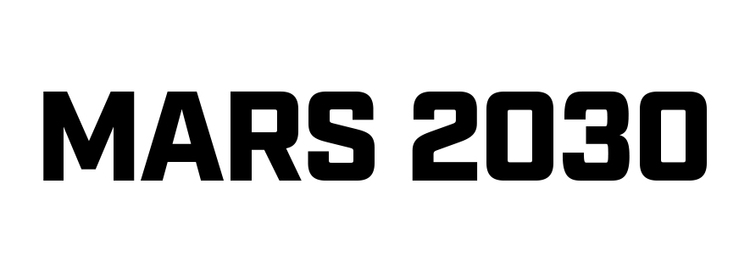Today, I managed to catch Mars 2030 creator Julian Reyes in a moment of relative calm. We chatted for a little about 2030, and what he hopes the project will do for the emerging virtual reality market.
Q: What inspired you to do a project set on Mars, and how did you go about setting the project in motion?
A: We gained interest in Mars 2030 reading a Mars One Feasibility Study that MIT conducted. Sydney Do had written the paper with a few other members of his team. In it, they questioned many of the proposed methods Mars One was talking about regarding sustaining life on the Red Planet. This sparked the following questions for us: Where exactly are we on a Mission to Mars? What is NASA proposing if this Mars One concept isn't viable? What technologies are being considered? We reached out to Sydney and they started pointing us to all the latest research on the mission, which sparked a train of thought about creating an interactive experience that could depict this mission with an attention to detail that could set it apart from other games in the same genre.
Q: What's been the biggest hurdle so far in developing the project?
A: Since we're striving for accuracy, the biggest hurdle has been to tailor the audio, the visuals, basically everything you encounter on screen...to scientific fact. It's been a challenging balancing act, keeping things grounded in reality and entertaining to the player, but it's also extremely rewarding when you find solutions that satisfy both ends of the equation. I would say the biggest hurdle has also been the biggest benefit for me, creatively speaking, because I can't rely on space aliens and laser beams to enliven the proceedings; I have to make a fun, inspiring game in an uncompromisingly real-world environment.
Q: Besides scientific accuracy, what about Mars 2030 makes it unique in an industry filled with games set in outer space?
A: Without sounding pretentious, I'd say Mars 2030 is more of a vision for the future than a traditional game experience. Sure, it has video game mechanics and a reward system of sorts, but we're trying to make something that stays with you after the credits roll, something that can renew a sense of optimism in the space program and convince people that reaching these goals isn't as far-fetched as some would make it seem. If Mars 2030 can inspire that kind of hope for the future of space travel, that's enough to justify the hours we've put in to make sure this is as real and engaging of a project as possible.
Q: What can you tell us about the team you've assembled to work on something like this?
A: They're a really talented group, all coming from different backgrounds in game development, all equally determined to make this game come to life. A lot of them used to work at Irrational Games, so they're perfectly suited for the scope of the project and the caliber that NASA and MIT bring to the table. Frankly, it wasn't too difficult to find people who were enthusiastic about space exploration in the gaming industry...(laughs).
Q: What about this project makes it so compatible with VR?
A: Well, most people won't be able to visit Mars in their lifetime, so VR has the ability of placing you in this completely alien environment with a level of immersion that traditional gaming can't quite replicate just yet. Also, the project in itself - exploring lava tubes, driving Rovers, and whatnot - is basically made for a format like this. One of the guys at NASA told me once, "it's not just about what you find on Mars...it's what happens along the way," and that kind of experiential approach to the project is what we've tried to implement as much as possible. I want every step you take to make you feel like a pioneer in uncharted territory...so it seems incredibly fitting that we'd tie it to a new, exciting field like virtual reality.
Q: One last question: what effect do you think games like Mars 2030 can have on people who are dismissive about VR's potential to be the "next big thing" in gaming?
A: I think 2030 really exemplifies that VR can be much more than just the "next big thing in gaming", as you put it. I think it's an incredibly effective method of visualizing information and bringing real-world concepts to life in a way that isn't boring or overdone. I think a lot of people who find science tedious and baffling will find a sense of fun and accessibility in this game that was sorely lacking in their college textbooks. And as far as the future of VR goes...the only limitations it has are the ones that we as a society decide to place on it.
Interview by: Alejandro Reyes
